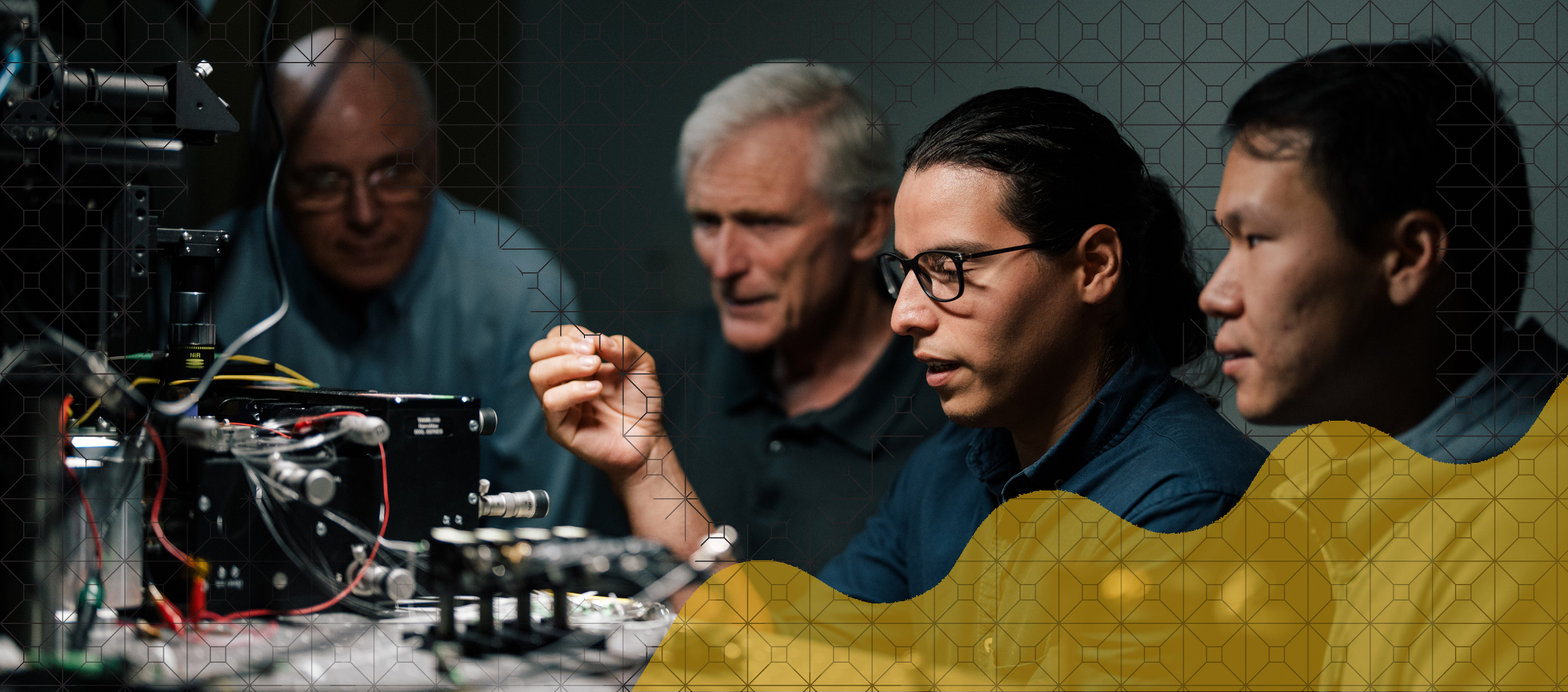
Integrated Circuits & Power Electronics: This area is concerned with the application-driven design of electronic circuits and systems, spanning a wide spectrum from low frequencies to mm-wave and THz. The research incorporates a variety of technologies, ranging from emerging nano and MEMS devices, nano-CMOS and BiCMOS processes, as well as discrete electronics for power conversion. The specific research thrusts include:
- Mixed-signal integrated circuit design (data converters, sensor interfaces, imaging and selected areas of bio-instrumentation);
- RF and mm-wave integrated circuit design (wideband communication systems, microwave and millimeter-wave imaging, phased arrays, integrated antennas);
- Power electronics (switch-mode power converters, resonant converters; switched mode RF power amplifiers passive component design, converters using SiC and GaN at 10s of MHz, high voltage supplies, wireless power transfer systems, pulsed power applications, high voltage supplies, wireless power transfer systems, pulsed power applications);
- Nanosystems (digital and analog circuits and systems) in silicon and beyond-silicon nanotechnologies and their integration, including aspects of design methodology, validation and test, reliability; approximate computing, and robust circuits and systems;
- Silicon technology modeling both for digital and analog circuits, including optoelectronic/RF applications, bio-sensors and computer-aided bio-sensor design, wireless implantable sensors.
| EMERITUS FACULTY | ||
|---|---|---|
| Roger Howe | Butrus (Pierre) Khuri-Yakub | Gregory Kovacs |
| Teresa Meng | Fabian Pease | Simon Wong |
| Bruce Wooley | ||
| ALL FACULTY | |
|---|---|
| Integrated Circuits and Systems - View all associated faculty | |